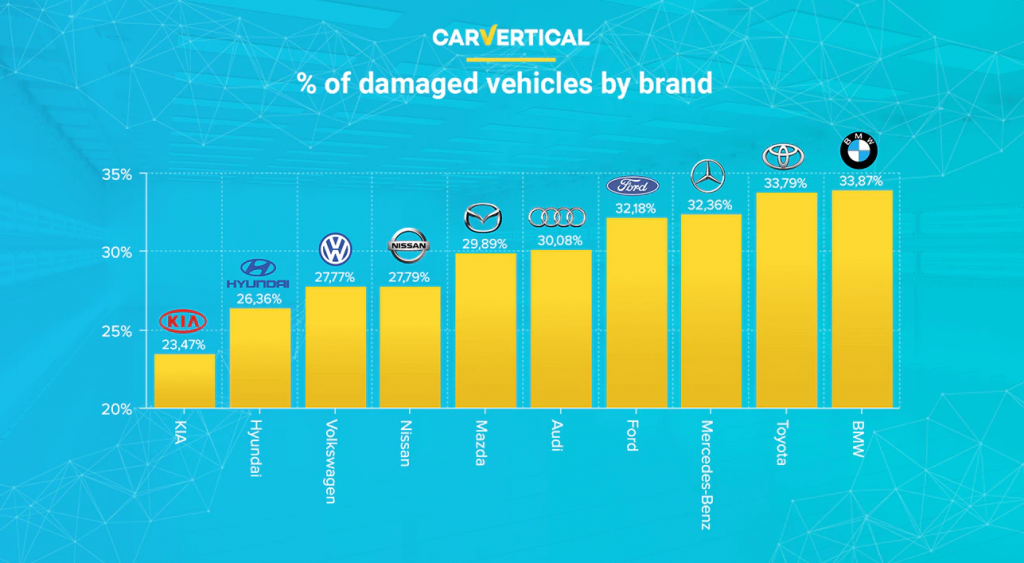Uncovering the Sparks: A Guide to Detecting Electric Motor Defects
Electric motors play a vital role in various industrial and commercial applications, powering everything from machinery to appliances. Ensuring the reliability of these motors is crucial for smooth operations and preventing costly breakdowns. Detecting best practice motor management in electric motors early on can help mitigate risks and extend their lifespan, ultimately saving time and money for businesses.
Motor reliability is at the core of efficient operations, making it essential to have strategies in place for detecting defects before they escalate into more significant issues. By understanding common signs of motor defects and implementing regular inspection and maintenance routines, businesses can proactively address potential problems and optimize the performance of their electric motors. In this guide, we will explore tips and techniques for uncovering the sparks and identifying defects in electric motors, empowering businesses to maintain reliable operations and prevent costly downtime.
Common Motor Defects
When it comes to motor reliability, there are several common defects that can impact the performance of an electric motor. One of the most frequent issues is bearing failure. Bearings play a crucial role in the smooth operation of a motor, and if they become worn or damaged, it can lead to increased friction, noise, and overall motor inefficiency.
Another prevalent motor defect is insulation breakdown. Insulation within the motor is essential for maintaining proper electrical conductivity and preventing short circuits. Over time, insulation can degrade due to factors like overheating or exposure to moisture, posing a significant risk to the motor's functionality.
Additionally, misalignment of motor components is a common issue that can result in vibration, noise, and reduced motor lifespan. Proper alignment of motor shafts and couplings is essential for smooth operation and to prevent premature wear on key motor parts. Regular maintenance and inspection can help detect and address misalignment before it causes extensive damage to the motor.
Diagnostic Techniques
One effective method to detect electric motor defects is through vibration analysis. By using specialized equipment, such as vibration sensors, technicians can monitor the motor's vibrations to identify irregular patterns that may indicate potential issues.
Another valuable diagnostic technique is thermal imaging. This involves using an infrared camera to capture the motor's temperature distribution during operation. Hot spots or variations in temperature can point towards overheating or other thermal anomalies that could be signs of defects.
Furthermore, conducting electrical testing is crucial in assessing motor reliability. This includes measures like insulation resistance testing and checking for voltage imbalances. These tests help pinpoint electrical weaknesses that may lead to motor malfunctions or failures.
Preventive Maintenance
Regular maintenance routines play a vital role in ensuring optimal motor reliability. By scheduling routine inspections, potential issues can be identified and addressed before they escalate into major problems. Routine tasks such as checking for loose connections, monitoring operating temperatures, and inspecting for signs of wear and tear can significantly improve the overall lifespan of the electric motor. Implementing a proactive maintenance schedule can help prevent unexpected breakdowns and costly repairs, ultimately enhancing the reliability of the motor.
In addition to regular inspections, proper lubrication is crucial for the smooth operation of electric motors. Over time, insufficient or improper lubrication can lead to increased friction, overheating, and premature wear of motor components. By following manufacturer recommendations for lubrication intervals and using high-quality lubricants, motor reliability can be greatly improved. Adequate lubrication not only helps reduce friction and heat but also protects against corrosion, ensuring the motor operates efficiently and extends its lifespan.

Moreover, keeping detailed maintenance records is essential for tracking the performance and history of electric motors. Documenting maintenance activities, repairs, and any issues encountered can provide valuable insights into the overall health of the motor. By maintaining comprehensive records, patterns or trends in motor performance can be identified, allowing for timely adjustments or upgrades to enhance motor reliability. Regularly reviewing maintenance records can also help in predicting potential failures and taking proactive measures to prevent downtime and costly repairs.